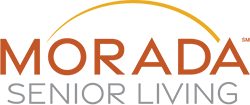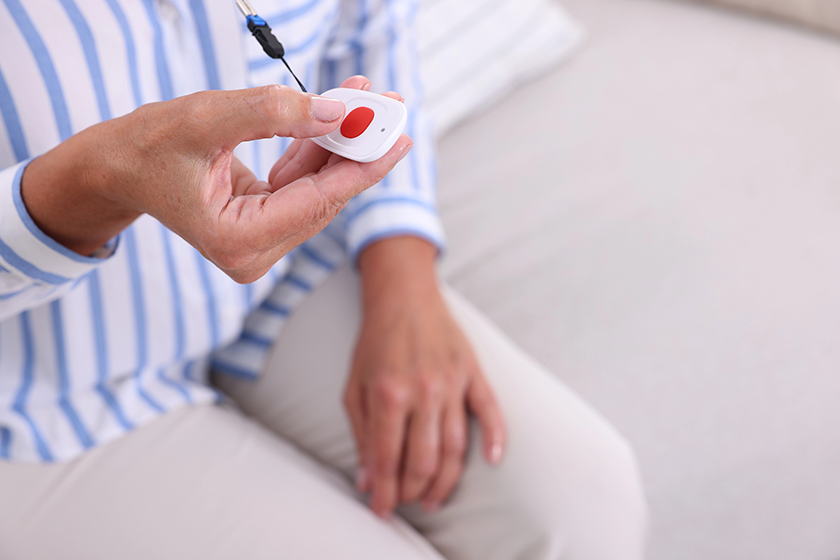Falls remain one of the most common causes of injuries among older adults, often leading to long-term health issues or loss of independence. These incidents can create emotional stress for families while increasing healthcare costs. By incorporating advanced technologies, you can significantly reduce the risks of falling and improve the overall quality of life for your loved ones.
Advanced Risk Assessments
Modern technology enables early identification of potential fall risks, offering you the opportunity to address them before incidents occur. Wearable devices, combined with mobile applications, collect data on movement patterns, balance, and overall activity. This information creates a comprehensive risk profile, helping caregivers and medical professionals develop personalized strategies to support stability and confidence.
Risk assessments are now far more accurate, thanks to innovations in analytics and machine learning. By monitoring subtle changes in gait or posture, these tools can predict when intervention may be needed. With this proactive approach, you can make informed decisions to reduce hazards and create a safer environment for your loved ones.
Wearable Devices for Continuous Monitoring
Wearable devices, such as fitness bands and smartwatches, offer continuous monitoring of physical activity, helping to identify potential issues in real time. These devices track movements, detect irregularities, and send alerts when fall risks are identified. Such real-time feedback allows you to take preventative measures promptly, reducing the likelihood of accidents.
The ease of use and accessibility of wearables make them an ideal choice for integrating safety into daily routines. They make a simple way for older adults to stay connected with caregivers while maintaining their independence. By using these tools, you can balance the need for safety with the desire for autonomy.
Virtual Reality Training Programs
Virtual reality (VR) technology is revolutionizing fall prevention by introducing engaging, interactive training sessions. Older adults can participate in simulations that mimic real-world challenges, helping to improve their coordination and physical response. These exercises are designed to build strength and balance, reducing the likelihood of falls over time.
The immersive nature of VR programs makes them both effective and enjoyable. Participants often feel more motivated to engage in these sessions compared to traditional exercises. By incorporating VR into a fall prevention plan, you can offer a more dynamic and enjoyable approach to building strength and confidence in your loved ones.
Smart Home Solutions
Technology has transformed the home environment, making it safer for the elderly. Smart home systems, such as automated lighting and voice-activated assistants, help reduce fall risks by addressing common hazards. Proper lighting sees to it that your loved ones can navigate their space more easily, while voice-activated devices allow them to summon help if needed.
These solutions also offer peace of mind for caregivers. With features like motion sensors and fall detection systems, you can monitor the well-being of your loved ones even when you are not present. Smart home technology creates an environment that promotes both safety and independence.
Machine Learning Enhancements
Machine learning plays a significant role in improving fall detection and prevention. By analyzing data collected from wearable devices and other monitoring tools, algorithms can predict potential falls with remarkable accuracy. This predictive capability allows for targeted interventions that address specific needs and risks.
These advancements also enhance the reliability of fall detection systems. By reducing false alarms, machine learning sees to it that alerts are accurate and actionable. With these tools, you can confidently address potential hazards while avoiding unnecessary disruptions to daily life.
Tailored Exercise and Therapy Plans
Technological advancements have made it possible to create highly personalized exercise and therapy programs. Mobile applications and connected devices analyze an individual’s unique needs, designing routines that target specific weaknesses. These programs help older adults improve their mobility and balance, significantly lowering the risk of falls.
As progress is made, these programs adapt to meet changing needs. By providing consistent feedback and adjusting exercises accordingly, technology promotes steady improvement over time. This approach makes it easier for you to support your loved one’s physical health and overall well-being.
Accessible Mobile Applications
Mobile applications are making fall prevention strategies more accessible than ever. These apps feature user-friendly designs that guide you through safety measures and create helpful resources. From step-by-step instructions to progress tracking, mobile tools empower you to take an active role in preventing falls.
Beyond offering practical tools, these apps often include reminders and alerts to keep safety top of mind. When scheduling exercises or monitoring activity levels, these applications simplify the process of safeguarding your family member’s health. They are a valuable addition to any fall prevention plan.
How Technology Redefines Fall Prevention
Technology offers you the opportunity to transform how you approach the risks of falling for older adults. With tools ranging from wearables to smart home devices, you can create a proactive and personalized plan to enhance their safety. By integrating these advancements into daily life, you can help your loved ones maintain their independence while minimizing potential hazards.






